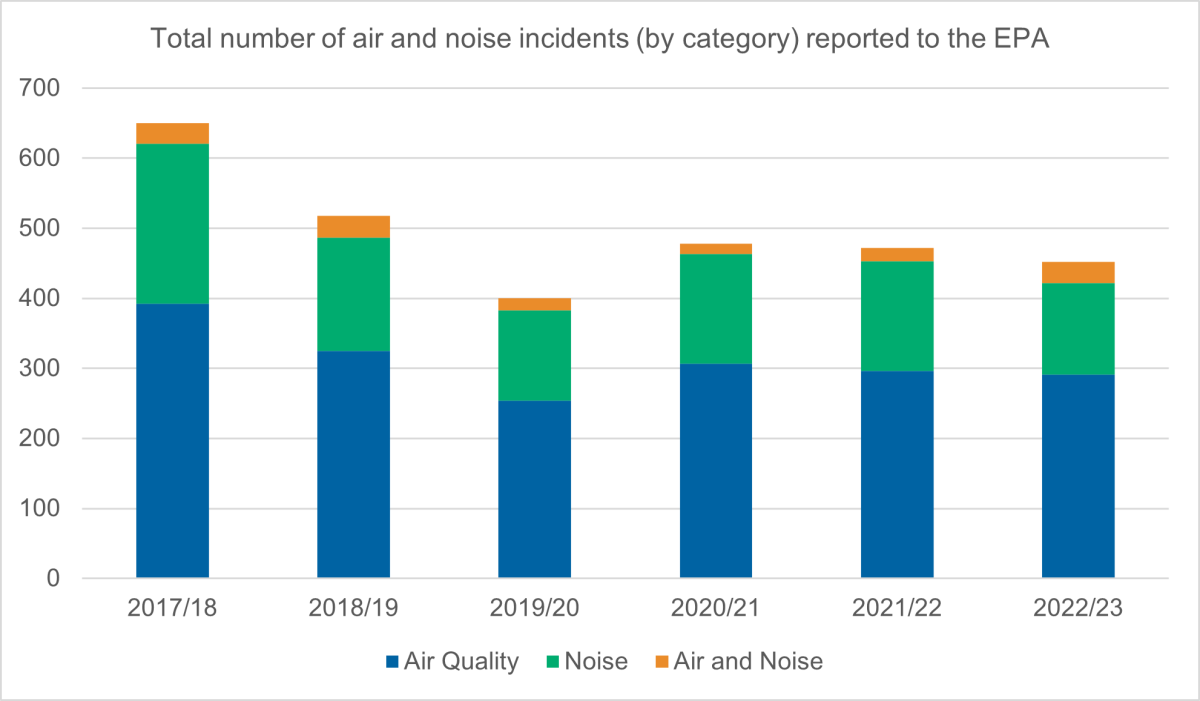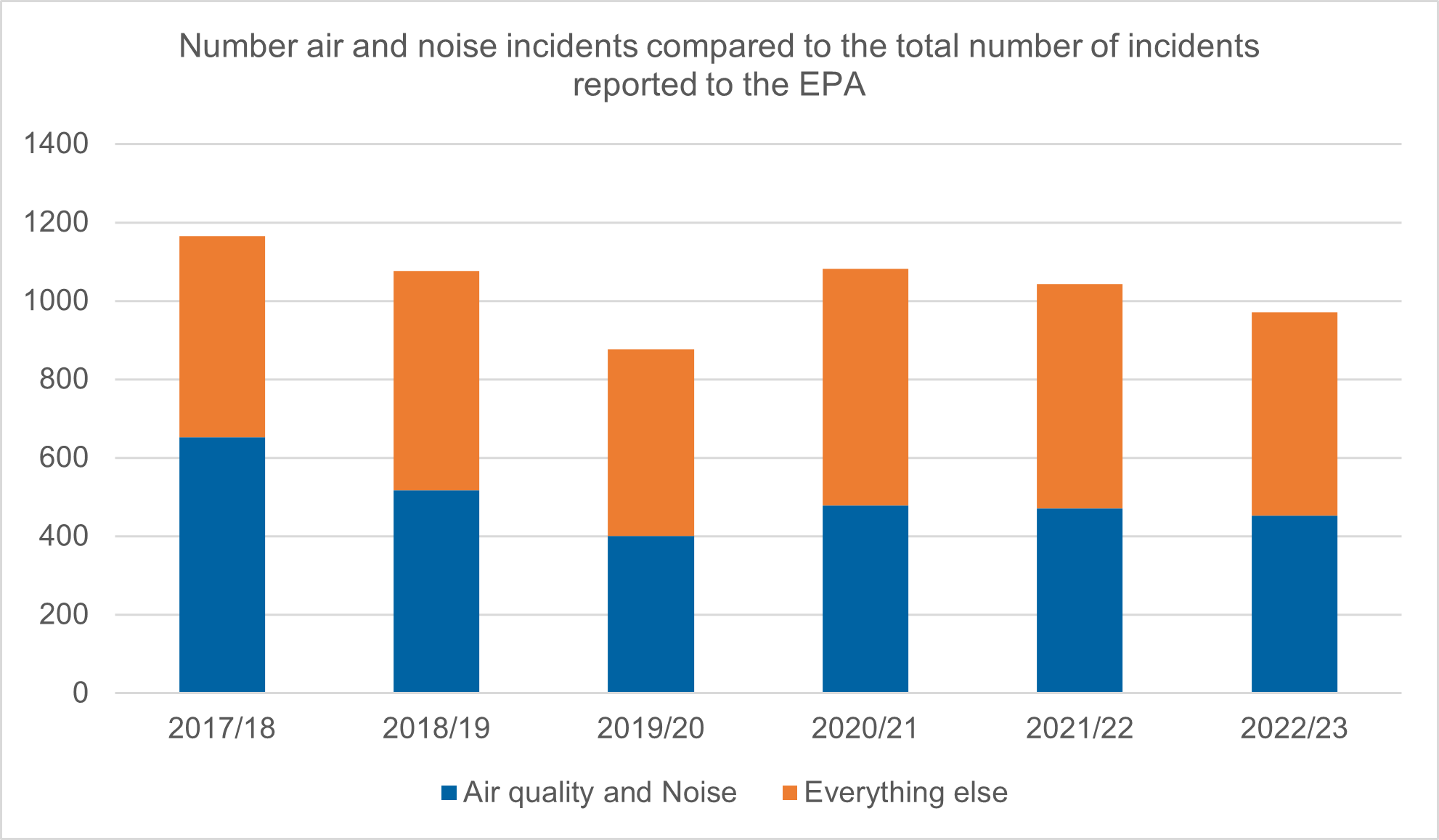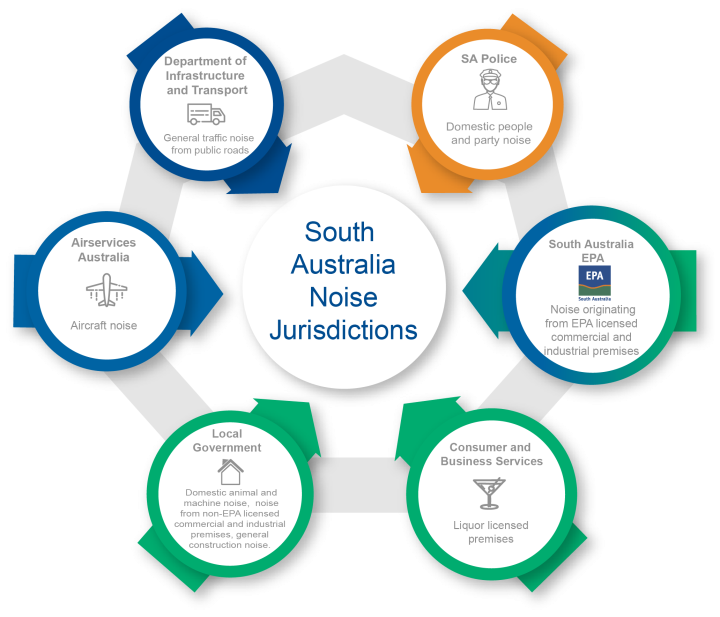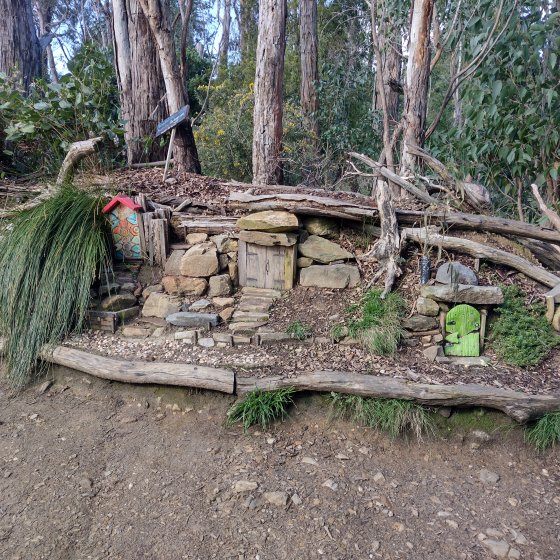- Home
- Environmental Themes
- Liveability
- Noise, Odour and Air Pollution
Noise, Odour and Air Pollution
Nature of Incidents
The EPA is responsible for assessing and managing noise, odour and air quality issues if they are coming from an EPA licensed site. If this is not the case, councils have the capacity to manage these issues under the Local Nuisance and Litter Control Act 2016. Nuisance can be in the form of dust, odour, noise, smoke, fumes, aerosols, vibration and insanitary or unsightly conditions from domestic, commercial and industrial premises. To be considered a nuisance, this must ‘constitute an unreasonable interference with the enjoyment of the neighbouring premises by persons occupying those premises’.
Noise, odour and air incidents make up half of the incidents reported to the EPA via its pollution reporting line. Higher density living and residential encroachment onto industrial and agricultural areas may increase the prevalence of these incidents being reported. In addition, the emergence of new industry sectors and expansion of existing industries may also result in an increase in environmental nuisance being raised and needing to be addressed, regulated and managed, for example, Le Fevre Peninsula and Neutrog.


There has also been considerable concern about the impacts that noise from wind farms have on people’s health, particularly with respect to sleep quality. Flinders University undertook a sleep study that compared wind-farm noise with traffic noise, and the results, which were presented at the Wind Farm Noise 2023 international conference in Dublin, indicated that wind farm noise is not more disruptive to sleep than traffic noise.
Wood smoke from wood heaters has also raised community concerns. The EPA undertook a monitoring program in collaboration with the Mount Barker District Council to identify the extent of smoke and other emissions from wood heating. As expected, emissions increased significantly during the winter period and were more elevated at night when people were more likely to be at home and using their wood heaters. Currently, there are legislated requirements that specify Australian standards for wood heaters and moisture content for firewood that is sold by retail outlets. However, wood smoke is still an issue for many communities in South Australia.
Hotter and dryer conditions resulting from climate change is likely to increase the occurrence of dust and pollen and increase the risk of smoke impacts from bushfires.
Managing Environmental Nuisance
Pressures
- Industry and residential interface. This includes the expansion of industries to meet growing demands and growth of residential areas that encroach upon nearby existing industries, eg Neutrog (odour) and Le Fevre Peninsula (noise).
- High-density housing decreasing the distance between one house and another.
- Emissions from various sources such as wood smoke, dust, pollen, vehicles (which can be exacerbated by weather) and population growth.
Impacts
- Some industries emit noise and odour that can cause nuisance to neighbouring residential properties. This may impact people’s health and wellbeing.
- High-density housing may increase the risk of noise issues such as air conditioners, barking dogs, power tools and wood smoke.
- Emissions from various sources may result in human health issues.
Responses
- Noise is managed by a number of different authorities depending on the source of the noise.

- The EPA will assess the potential risks of odour and noise during application referrals under the Planning, Development and Infrastructure Act 2016. A guideline on evaluation distances for effective air quality and noise management has been produced by the EPA to help assess risks.
- Community engagement has been undertaken by the EPA to address noise, odour and air quality issues that may be associated with EPA licensed sites.
- Neighbourhood nuisance associated with noise, odour, air quality and smoke is addressed by local councils under the Local Nuisance and Litter Control Act 2016.
- Planning that ensures potentially noisy infrastructure, such as air conditioners and pool pumps, is housed and placed in a manner that does not impact neighbouring properties.
- A wood smoke study was undertaken in Mount Barker to investigate the impact of wood heater use on smoke emissions.
Opportunities
- Planting of trees and shrubs can create a natural sound barrier, particularly in new developments.
- Better delivery of education for wood-heater users on how to reduce smoke production.
